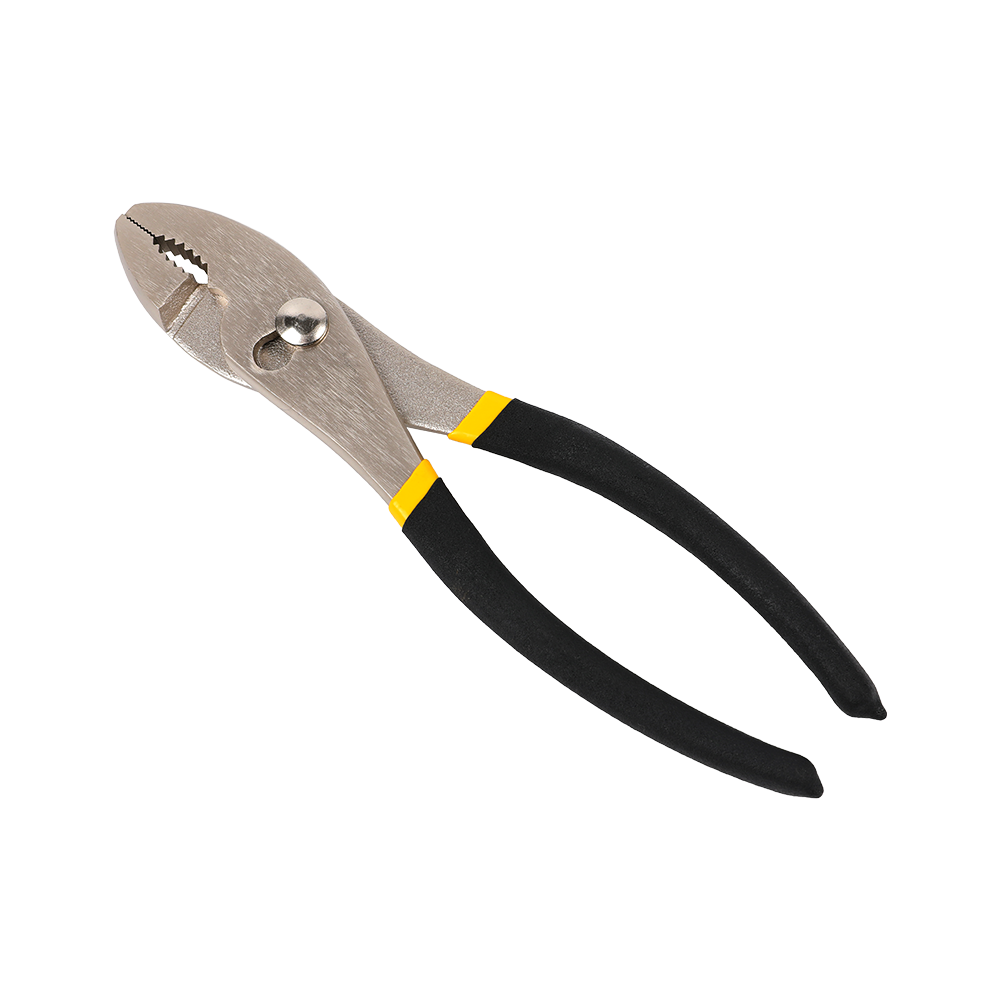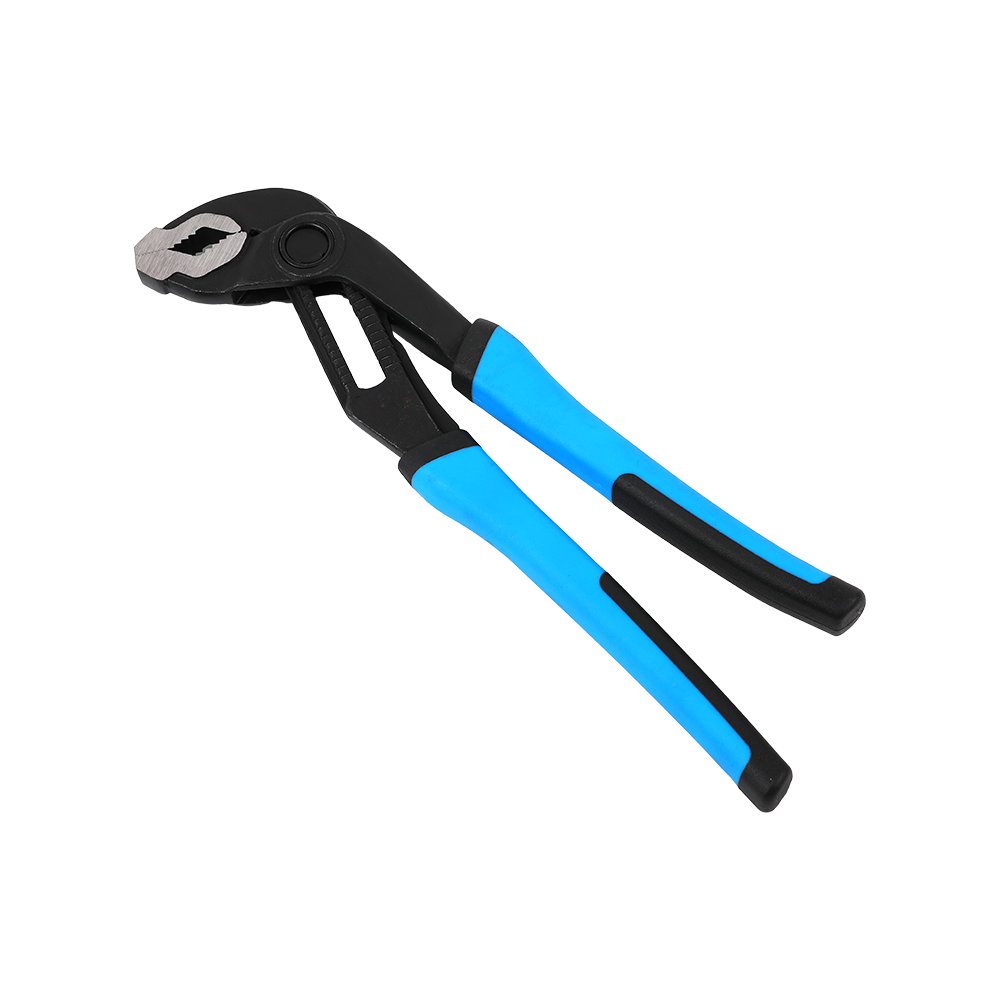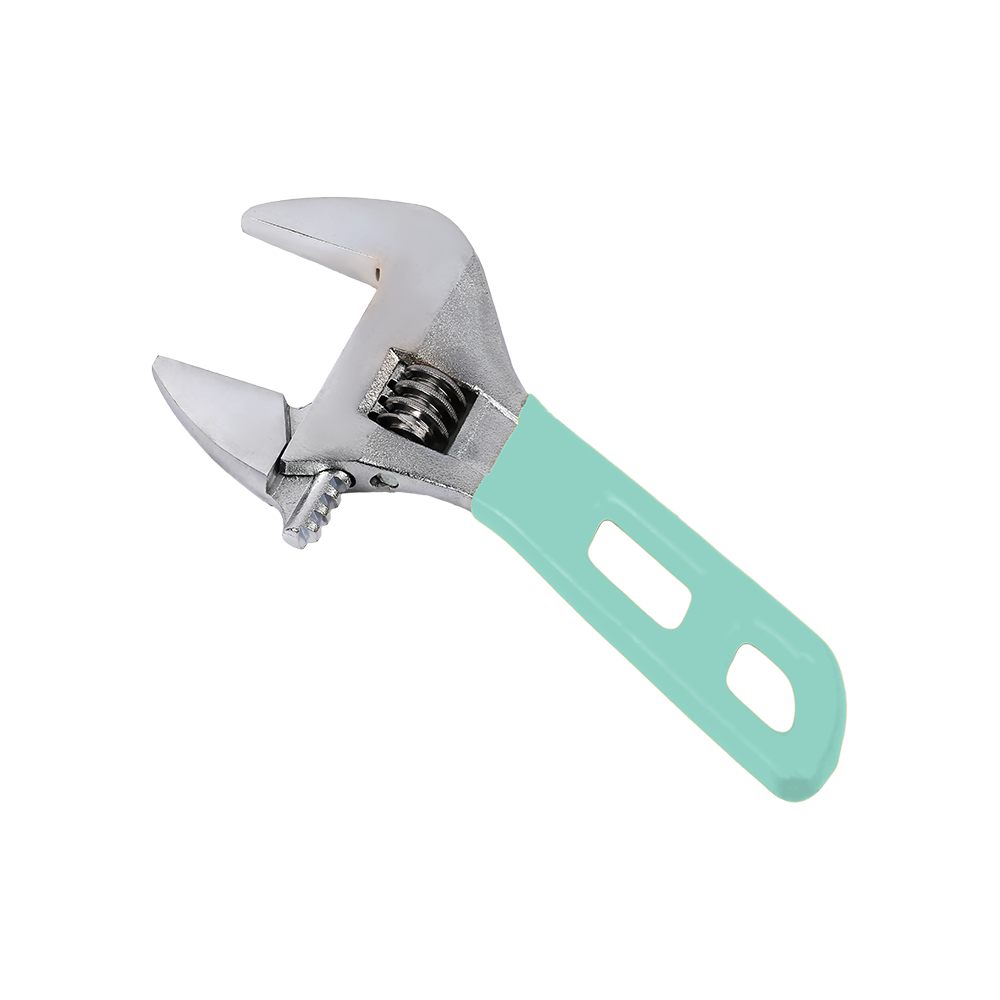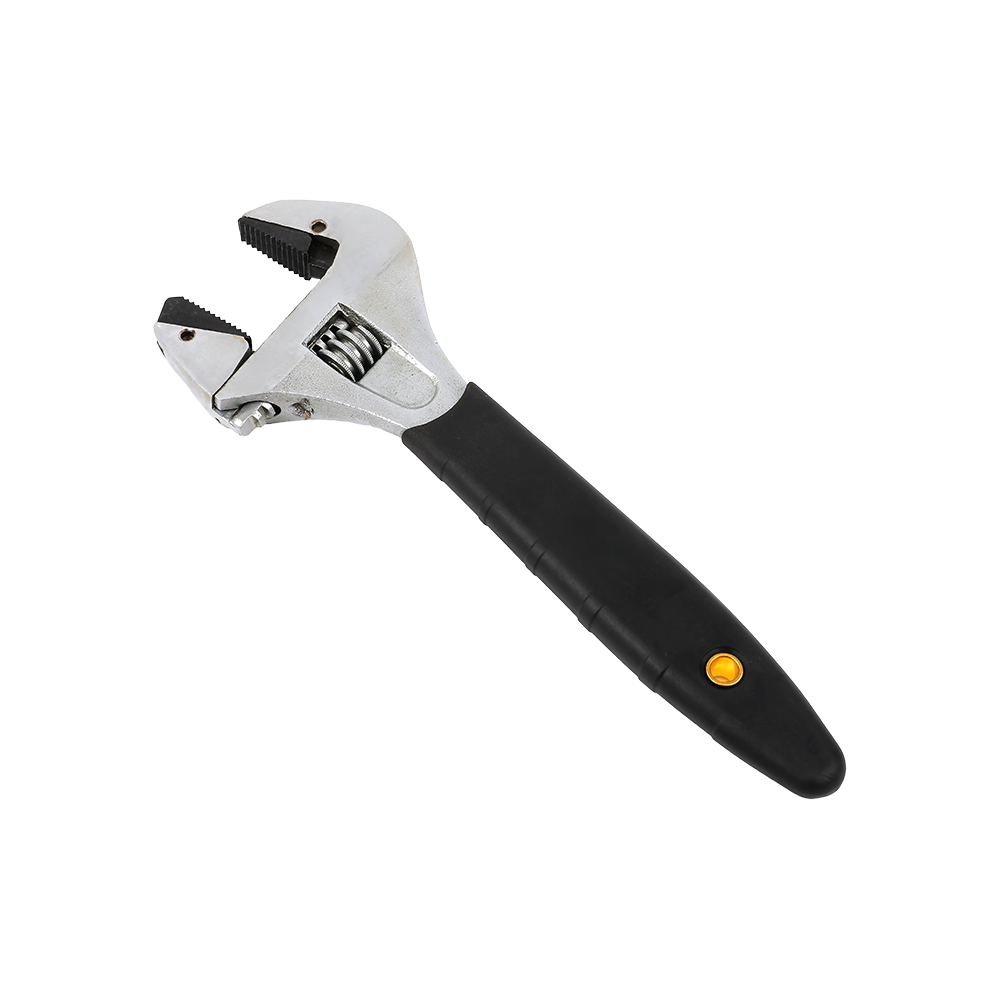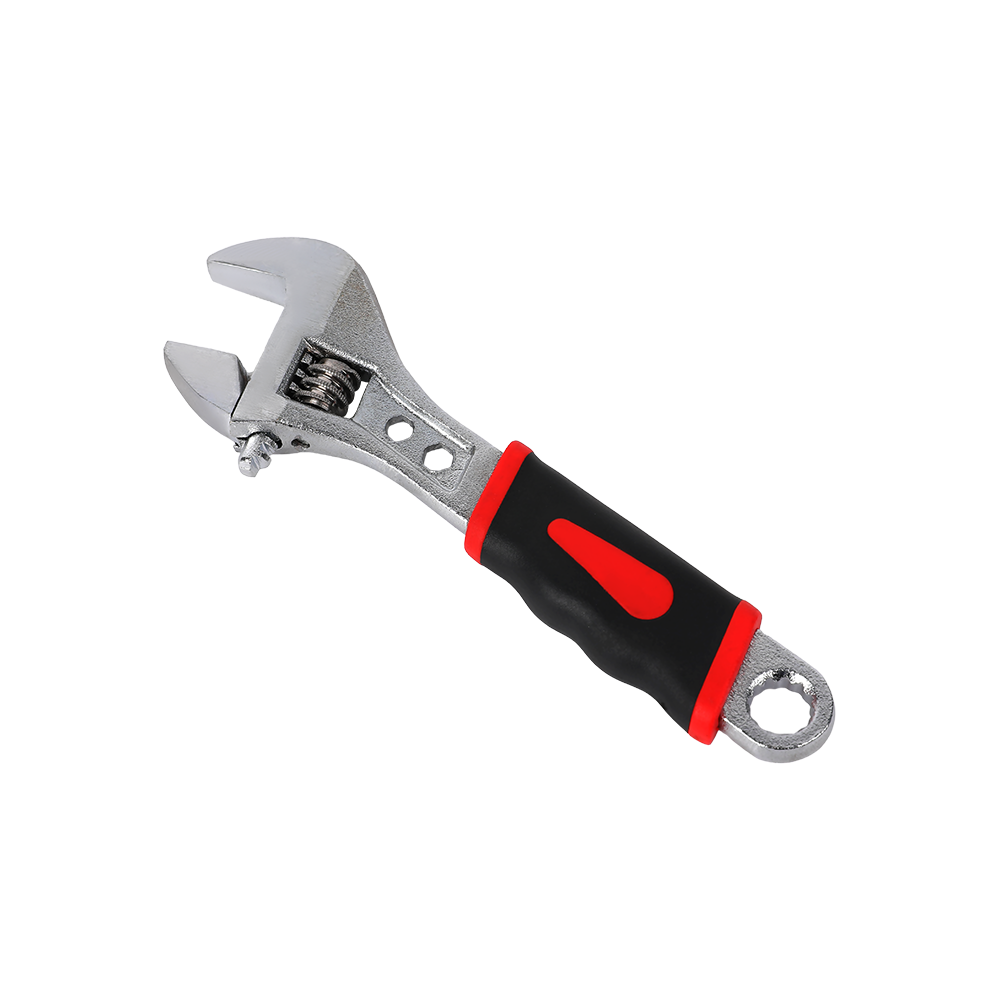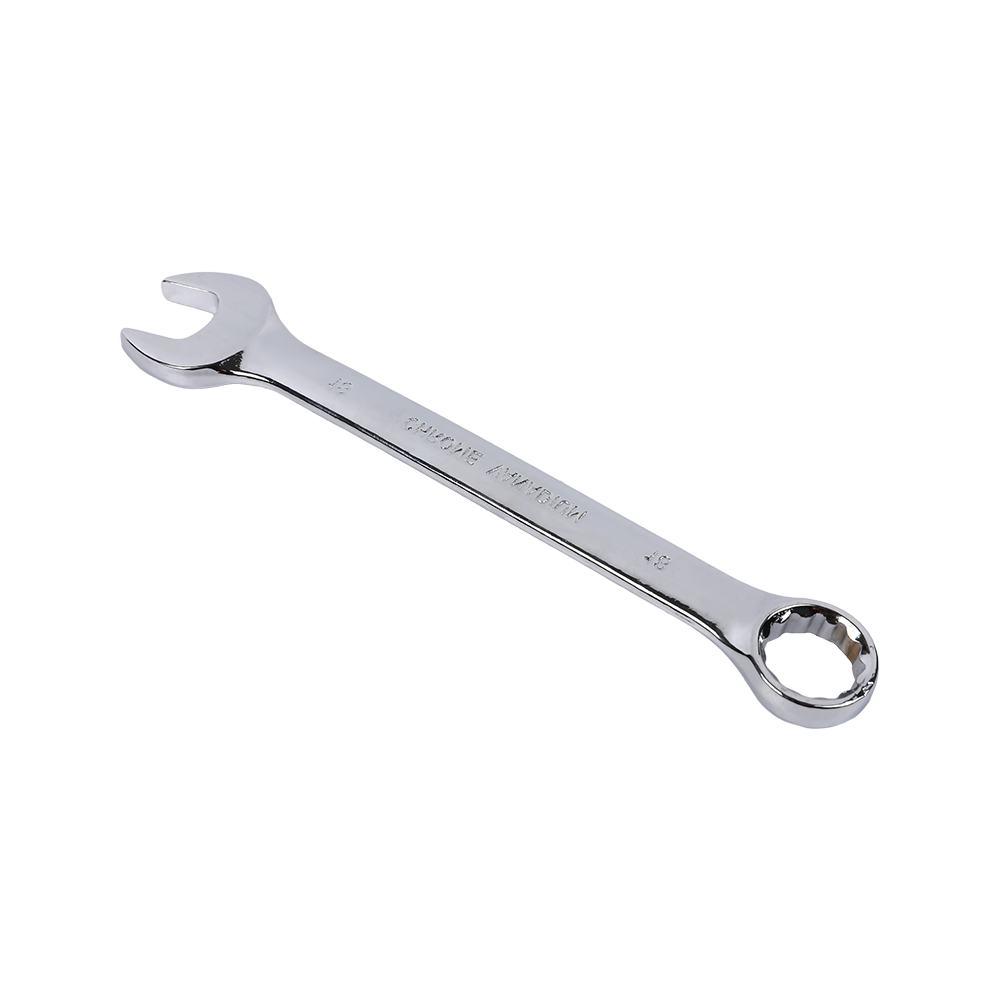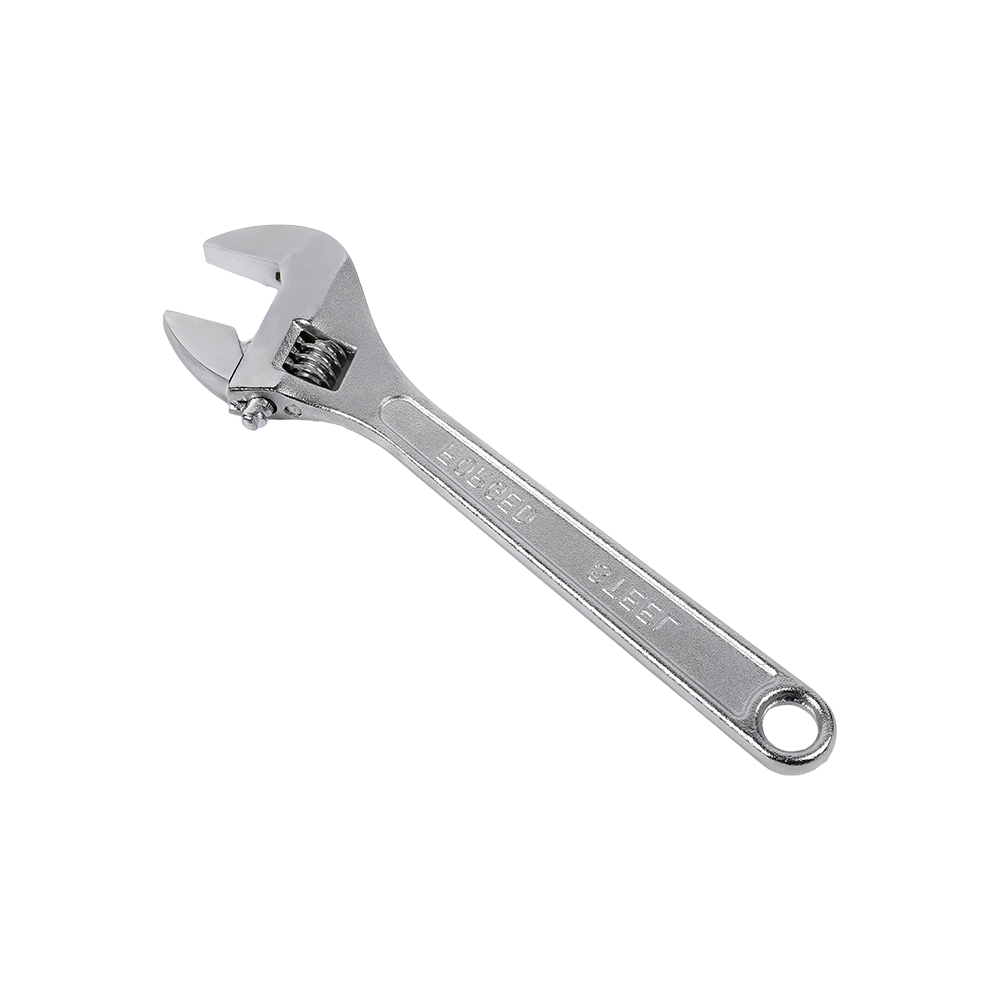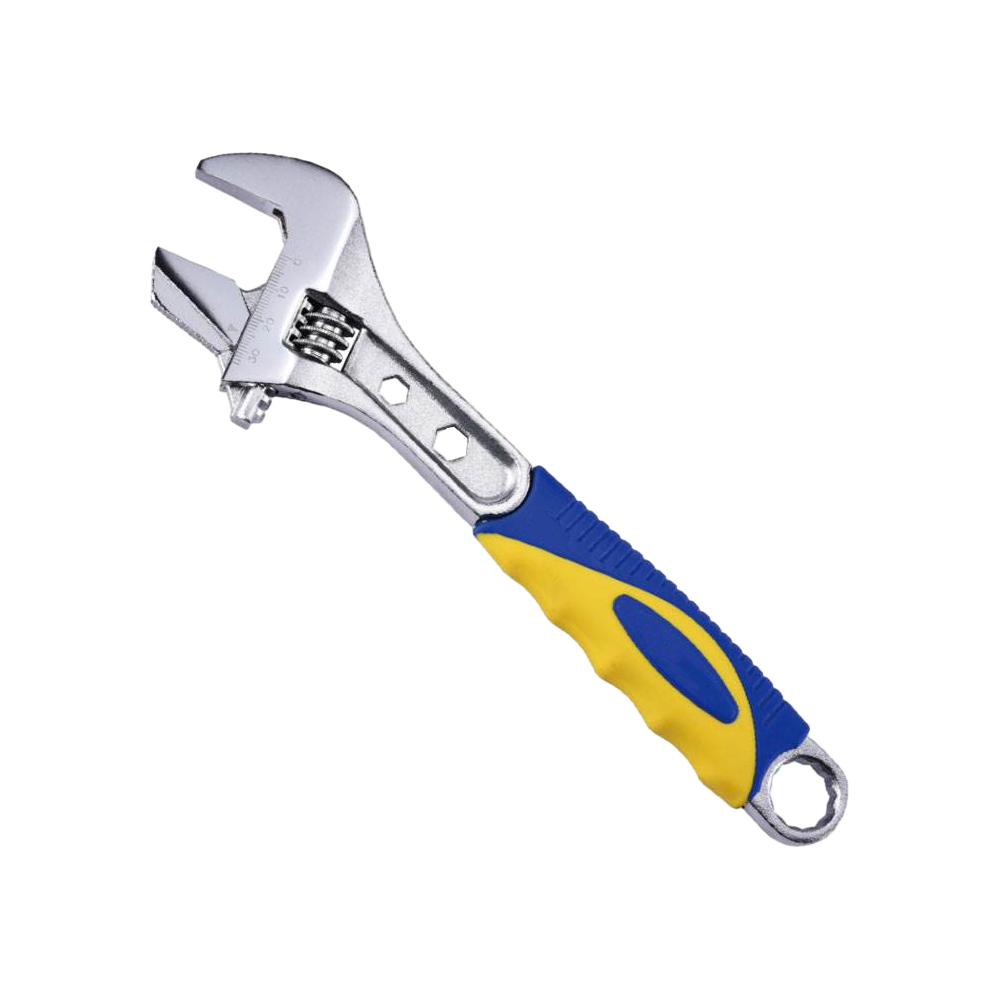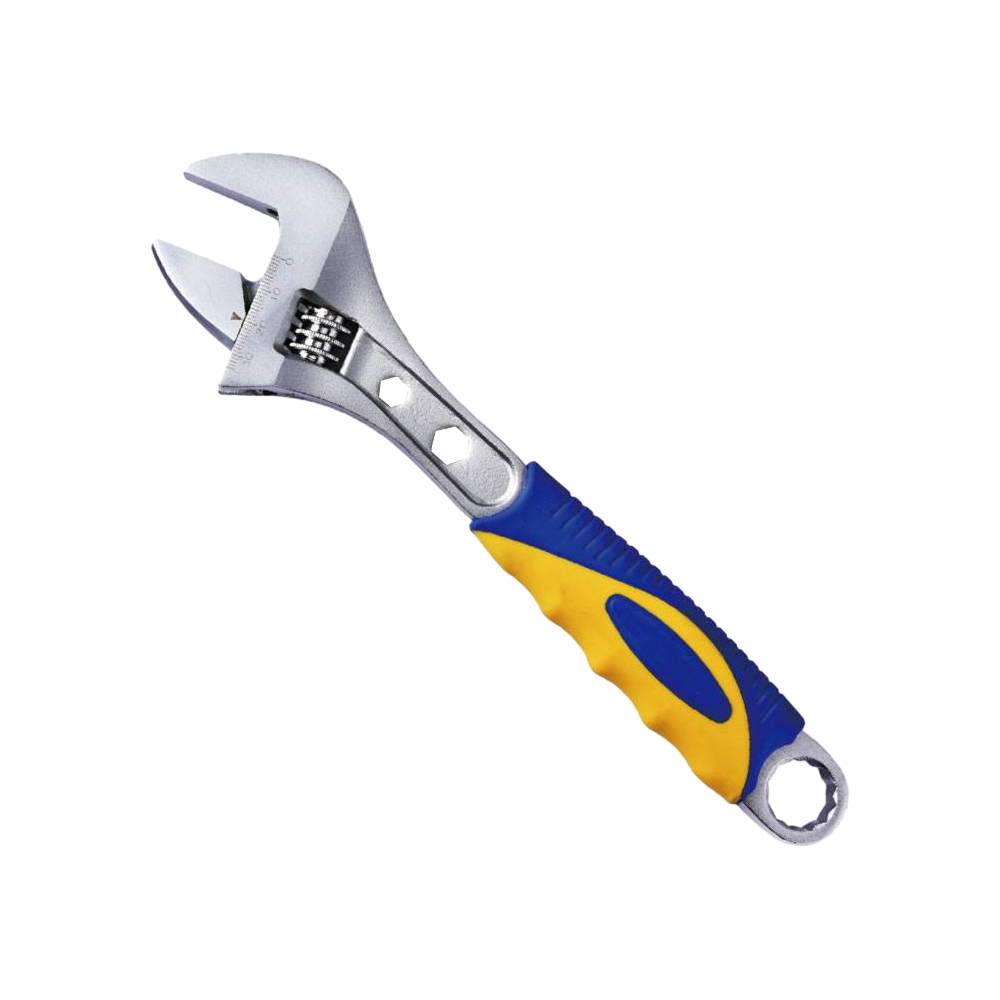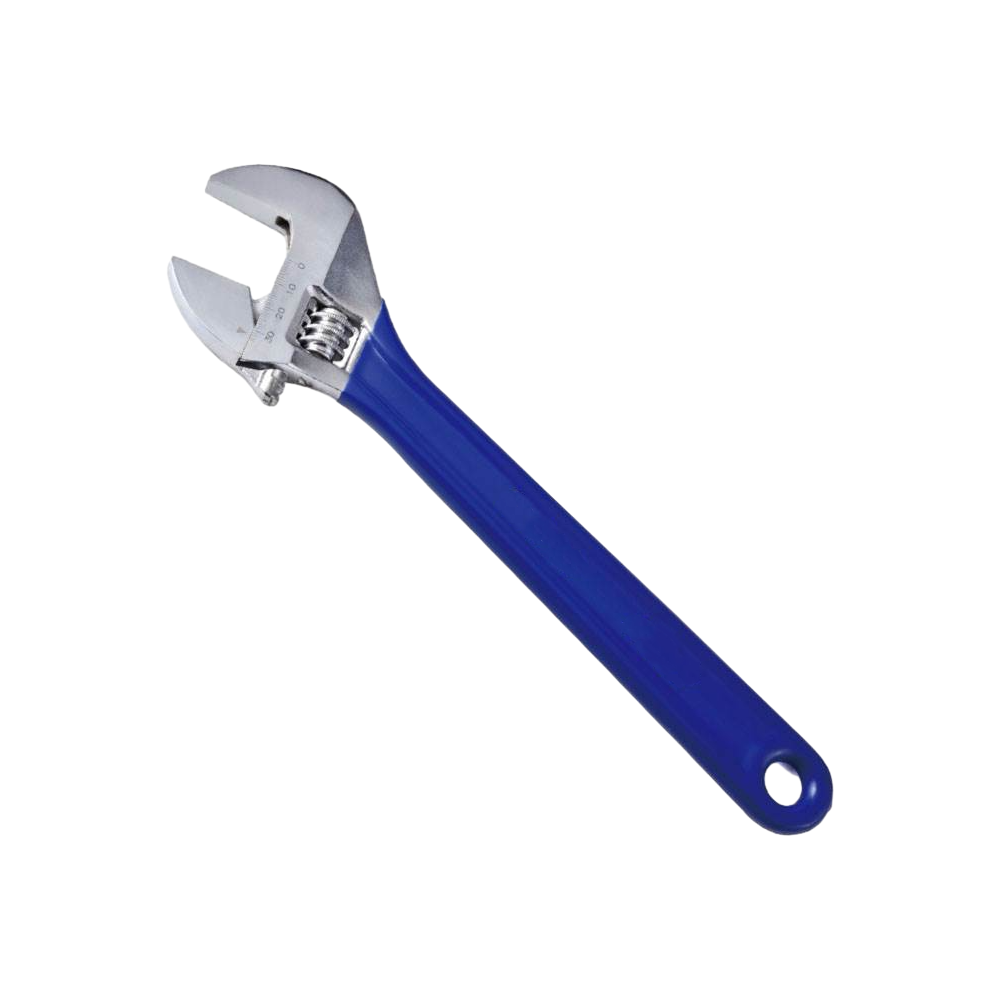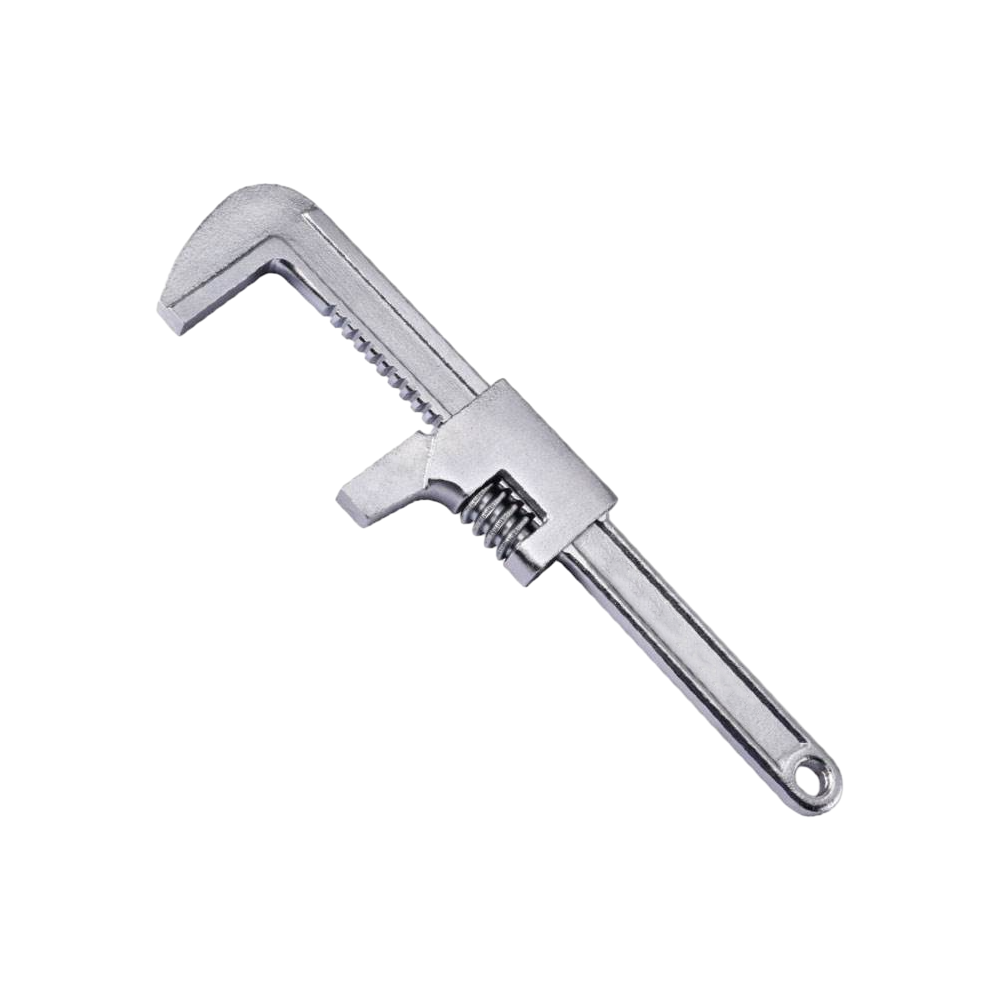Gene editing of steel: the secret war of high-quality wrenches
Who is defining the quality gene of wrenches?
When the assembly line spits out shiny metal tools at a speed of five per minute, and when the forging hammer in a century-old workshop completes a strike in three days - who holds the final scepter of judging quality? Is it the material analyzer in the laboratory that is accurate to one millionth of a gram, or the oil field worker's memory of using it for ten years that is covered with oil stains? This cognitive war on quality is reshaping the DNA of the entire tool manufacturing industry.
Can millimeter-level precision rewrite the history of industrial safety?
What does a 0.01 mm bite clearance difference mean at the flange connection of an oil pipeline? When the self-compensating worm automatically fills the wear gap by memorizing the microscopic deformation of the metal, and when the liquid nitrogen quenching and tempering process allows steel to maintain amazing toughness in an extremely cold environment, are these breakthroughs pushing the mechanical failure rate to the critical point of zero? Data from space maintenance missions show that the new nano-coated wrench has achieved a zero-scratch record for 37 consecutive operations in a vacuum environment.
Is the Renaissance of metallurgy happening?
Why is aerospace-grade steel being re-melted in a secret laboratory in Solingen, Germany using a 19th-century crucible? The extremely pure steel ingot created by ultra-slow solidification technology presents a perfect snowflake-like lattice under an electron microscope. When quantum-level impurity control compresses the sulfur and phosphorus content to three parts per million, does this mean that the wrench can also have a nearly eternal physical lifespan?
Quality certification in extreme test fields
Can corrosion tests in the depths of the Pacific Ocean replace ten years of actual use? The deep-sea hyperbaric chamber is simulating the ultimate test of 3,800 meters of water pressure on seals, and the space irradiation chamber bombards materials with proton beams to test lattice stability. Even more cruel is the robotic arm endurance arena - does the wrench that is forced to switch the biting object every second still maintain the factory accuracy after 90 days of continuous work? The test report shows that the deviation rate of the latest model has only increased by 0.8%.
The material revolution behind the illusion of weight
Why can a 300-gram titanium alloy wrench withstand higher torque than an 800-gram traditional product? The topology optimization algorithm is like microscopic carving inside the metal, accurately removing all redundant materials in non-load-bearing areas. When the audio frequency emitted by the wrench reaches a perfect resonance of 432 Hz, is this the ultimate proof of material uniformity?
The eternal pursuit in the environmental paradox
When the bio-based material wrench naturally degrades in the compost, is the belief in the eternity of the tool collapsing? The detachable structure design gives a new answer: the 99.97% recycling purity of chrome vanadium steel creates a circular economy myth. Even more shocking is the carbon footprint imprinting technology - can the carbon dioxide trajectory from Australian iron ore to finished product packaging become a new badge of quality certification?
Will digital avatars put an end to physical tools?
When the metaverse maintenance worker uses a virtual wrench to tighten the bolt, does the physical high quality become a sentimental tax? Reality provides contrary evidence: the AR wear perspective function allows users to scan and know the fatigue of the internal material, and the metallurgical data stored in the blockchain establishes an unalterable life file for each wrench. When the Norwegian drilling platform workers predict the risk of bolt failure through the handle LED light array, does this mean that high quality is evolving into the sixth sense of industrial safety?
-
Feedback
 English
English русский
русский Español
Español
